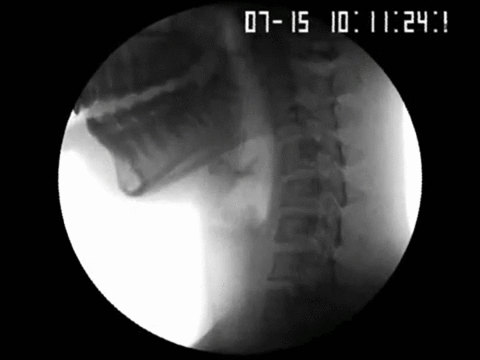Nerds At C2E2! We Aren't Drunk (yet) Today But You Certainly...Candice Is So Tired And Can't Think Of
Nerds at C2E2! We aren't drunk (yet) today but you certainly...Candice is so tired and can't think of what to say. So Rebecca here to finish. Check us out at Adler After Dark on May 18. Come meet us and dip some drunk ass science!!!!! #c2e2 #cosplay http://ift.tt/2pNLUXF
More Posts from Drunkscience4u and Others

Bumblebees mark the flowers they’ve visited with smelly footprints, and they can tell the difference between odors from family members’ feet and those of strangers, researchers have found.
By sniffing out these dainty footprints, bumblebees can locate good food and steer clear of flowers whose nutrients have been depleted, the scientists reported in a new study.
“Bumblebees secrete a substance whenever they touch their feet to a surface, much like us leaving fingerprints on whatever we touch,” Richard Pearce, a scientist at the University of Bristol in the United Kingdom, said in a statement.
Continue Reading.










Seven planets, including three habitable ones, found around ultra-cool dwarf star
“Unlike the worlds in our Solar System, each one should be tidally locked to the parent star, meaning that the same side always sees “day” while the opposite side resides in eternal night. Yet life on Earth began in the oceans, and of these seven worlds, the fourth, fifth and sixth might all have conditions to support liquid oceans or lakes – if the atmosphere is favorable – bathed in eternal sunlight.”
What is it that makes our Solar System special? It’s Earth, of course. A rocky planet of the right mass and composition, the right distance from our Sun, the right atmosphere, the surface oceans, and all the life that’s ensued is what makes us special. Not just special, but unique, at least among the planets we’ve found so far. But there are other planetary systems out there with Earth-like worlds. Similar to Earth in mass, size, temperature and many other conditions, these might represent planets where life similar to what we find here arose. For the first time, we’ve found a planetary system with not just one Earth-like, potentially habitable world, but three!
Come meet the worlds around the ultra-cool star TRAPPIST-1, and learn what the prospects are for these worlds being truly Earth-like.


Cloud Chambers: Visualizing Radiation
The cloud chamber, also known as the Wilson chamber, is a particle detector used for detecting ionizing radiation.
In its most basic form, a cloud chamber is a sealed environment containing a supersaturated vapor of water or alcohol. When a charged particle (for example, an alpha or beta particle) interacts with the mixture, the fluid is ionized. The resulting ions act as condensation nuclei, around which a mist will form (because the mixture is on the point of condensation).
The high energies of alpha and beta particles mean that a trail is left, due to many ions being produced along the path of the charged particle. These tracks have distinctive shapes, for example, an alpha particle’s track is broad and shows more evidence of deflection by collisions, while an electron’s is thinner and straight. -(x)
More science and gifs on my blog: rudescience Gif made from: This video by The Royal Institution References: (x), (x).
Did you hear about the wooden statue that crashed a train
It was a bad conductor
The official page of Drunk Science! An enthusiastic host performs simple experiments and then humorously explains the science behind the result, all while visibly drunk.
126 posts








